Static Exercise
What is the Static Exercise?
Physical activities or movements performed without a lot of movement or positional change are referred to as static exercises. These exercises, which usually target particular muscles or muscle groups, concentrate on holding a specific pose or position for a predetermined amount of time
These are easy to execute with little to no equipment by people of all fitness levels. As a type of static exercise, isometric exercises are widely used. The only distinction between isometric and static exercises is that the former uses maximum resistance while the latter holds the muscle without causing any discernible movement. Both exercises function as holding movements and strengthening the muscles.
Muscles generate the highest tension and force output possible.
Types of Static Exercise:
Exercise for building muscle: This is an isometric, low-intensity exercise that is done with little to no resistance. It won’t increase muscle strength unless the muscles are extremely weak because it is done at a very low intensity.
Stabilization exercise
Multiple angle isometrics
Importance of Static Exercise:
- It is used to reduce pain or spasms following any soft tissue or muscle injury during the acute healing phase, as well as to promote muscle relaxation and circulation.
- During the healing process, muscle setting promotes greater movement between muscle fibers.
- aids in preventing atrophy when there is no movement
- and increases muscle strength in situations where dynamic exercise is not possible or is not possible at all.
- When immobilization is required during a muscle’s rehabilitation, muscle setting can prevent muscle atrophy.
- Encourage muscle contraction and activation, particularly following surgery or in cases of acute injury to the joint or the soft tissue around it.
- to increase static muscle strength at specific range points by needs related to a given task
Cardiovascular response to Static exercise:
Isometric (iso = same, meter = length) exercise is an alternate name for static exercise, which refers to skeletal muscular contraction without any change in muscle length. Static activity causes a wide range of cardiovascular reactions, as dynamic exercise demonstrates. Static exercises can include commonplace activities like lifting large boxes or carrying a large briefcase, as well as sports like weightlifting and hammer throw.
The prolonged, constant activation of skeletal muscles, which arises when muscle fibers constrict blood arteries, inhibits regional blood flow. When the muscle contracts at 70% of its maximum effort, full blood flow obstruction can happen, although local dilatation of the arteries partially offsets this decrease. Because of the reduction in blood flow, acidic metabolic byproducts can build up and activate muscle chemoreceptors.
Another mechanism regulates how the heart responds to static exercise. The cardiovascular and respiratory control regions are activated in response to increased motor output by this central nervous system mechanism, which has its origins in the higher centers of the central nervous system.
The above-discussed feedback mechanism and this central nervous system mechanism work together to raise heart rate.
But unlike dynamic exercise, this approach results in an almost total increase in heart rate due to the increased cardiac output, without also increasing stroke volume.
Furthermore, due to the somewhat localized nature of muscular tension, there is less systemic vasodilation during static exercise, which results in a different increase in stroke volume than during intense activity; For this, the peripheral circulation compensates. In this condition, an increase in cardiac output is directly correlated with an increase in mean arterial pressure.
As a result, there are noticeable variations between the circulatory reactions to dynamic and static exercise.
Indications of Static Exercise:
- during the period of immobilization, such as following the application of casts or splints, or when using different kinds of equipment.
- Following any accident or surgery that impairs mobility or makes exercise uncomfortable
- Muscle strain
- Ligament sprain
Examples of Static exercises for whole-body strengthening:
The exercises that follow will challenge every part of your body to become stronger and identify any weak points. They’re easy to do, straightforward, and will provide you with a solid foundation for developing new strength levels:
Plank:
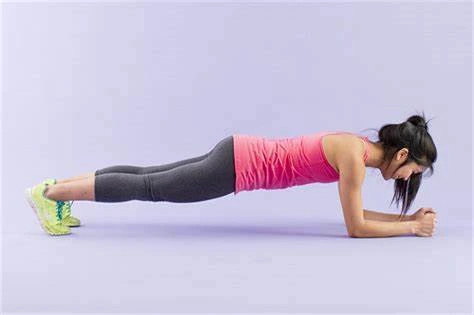
Drop on all fours with your feet together, head straight, and hands slightly wider than but parallel to your shoulders. Put your shoulders down, tense your glutes, and tighten your core to lock your body into place. Hold until your muscles give out.
Low Squat:
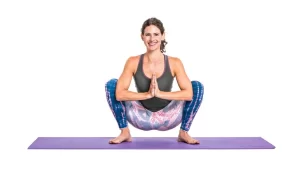
- Put your feet shoulder-width apart.
- Pose in a tall position with your hands at your sides, your feet shoulder-width apart, and your toes pointed forward.
Calf Raise Hold:
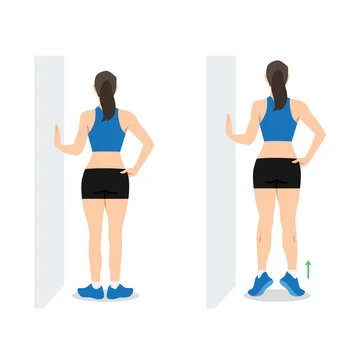
Start by kicking up your heels and using both legs to raise your torso off the ground. After reaching your maximum height, hold this position for one minute and then slowly lower yourself. You can extend the duration by 30 seconds at a time until you reach 5 minutes, or until your body becomes accustomed to the added stress.
Static Lunge:
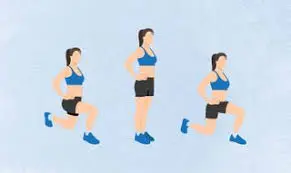
Spread your feet hip-width apart and keep your hands by your sides. Step forward with your right foot while maintaining an erect posture in your shoulders and chest. back flat, and core engaged. Hold for a while, completing the same number of repetitions on both sides, until you start to feel tired.
Pull-Up Hold:
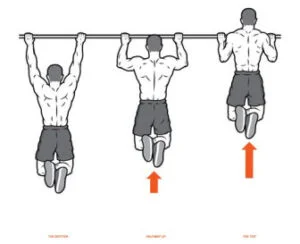
Keeping your hands shoulder-width apart, grasp the pull-up bar. RRaise yourself until the bar and your upper chest reach the same height. For one to two minutes, keep your elbows lowered, press your shoulder bones together, and maintain your solid footing.
Dead Hang:
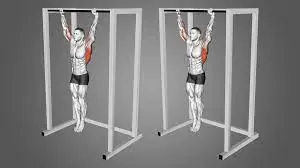
Grasp an overhand or underhand grip on a pull-up bar with your hands shoulder-width apart. With your toes pointing downward and your legs crossed behind you, let your body hang. Continue until you’re exhausted.
Bridge:
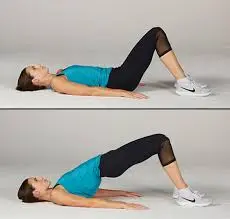
Rests on your back on the floor. Bend at the knees, place your hands by your sides, and keep your feet and palms flat on the floor. Raise your hips slightly while maintaining your body supported by your feet and hands.
Static back exercise:
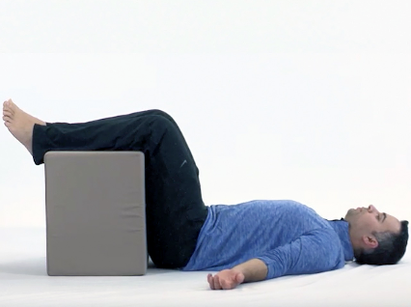
Exercise for a static back: Rest your back on a plinth. Place your leg on the table for support after bending your legs to a 90-degree angle at the knee and hips. Exert your lower back toward the ground while maintaining a breathing pattern. Hold the back down for 30 seconds.
Contraindications of Static Exercise:
- could raise blood flow and heart rate, which might not be good for cardiac patients.
- During exercise, the patient must not hold their breath to avoid performing the Valsalva maneuver.
- During any soft tissue trauma
- Pain while performing isometrics
- Inflammation
- Joint effusion
- Infection
Disadvantages of Static Exercise:
- Injury risk: Patients should not hold their breath while exercising, as this can increase the risk of soft tissue or muscle injury.
- Muscular endurance: You won’t gain muscle strength from isometrics because they require muscle tension without actual movement. Strength training, for instance, increases muscle endurance by directing blood to the muscles. Upon performing an isometric The muscles are deprived of oxygen-rich blood when blood flow to them ceases.
- Not made for every person: Static exercise is not recommended for everyone because some patients may become exhausted during exercise or may not be able to continue.
- Limited strength: Isometrics and static exercise are not going to be helpful if your goal is general muscle strength.
- Time-consuming: Static exercises can take a lot of time because they keep the patient in a single, static position while they work out.
Static vs Dynamic exercise:
Exercises fall into two categories: dynamic and static, each with its own benefits and characteristics. A synopsis of their differences is given below.:
Definition:
Static exercise: Static exercises entail maintaining a posture or position with little to no movement. Although the muscles are contracted, the joints move very little or not at all.
Dynamic exercise: Dynamic exercises are motions that are repeated and continuous, actively using a variety of muscles and joints across their whole range of motion.
Muscle Engagement:
Static exercise: Dynamic exercises are motions that are repeated and continuous, actively using a variety of muscles and joints across their whole range of motion.
Dynamic exercise: A wider range of muscle engagement is possible during dynamic exercises because the movement requires the cooperation of several muscle groups.
Benefits:
Static exercise: Static workouts are a great way to increase muscle stability, strength, and endurance. They can improve posture, build muscle tone, and strengthen the core. These movements are often included in isometric training and rehabilitation programs.
Dynamic exercise: Cardiovascular fitness, general strength, flexibility, and coordination are all improved by dynamic exercise. They support functional movements used in daily life and sports, improve muscular strength and power, and increase joint mobility.
Examples:
Static exercise: Static exercises include planks, wall sits, bridges, side planks, and isometric contractions (squeezing a muscle without moving).
Dynamic exercise: Dynamic exercises include things like walking, running, cycling, swimming, weightlifting, squats, lunges, push-ups, and yoga poses.
Impact:
Static exercise: Because there is little to no movement during static exercises, they usually have a lower impact on the joints.
Dynamic exercise: The impact of dynamic exercises can vary based on the type and degree of movement. Joint strain may increase with running and other high-impact workouts like leaping.
Static and dynamic exercises are both appropriate in a comprehensive fitness program. A thorough workout that addresses several facets of fitness, such as strength, endurance, flexibility, and cardiovascular health, can be achieved by combining the two styles. It’s critical to select workouts that work for your fitness objectives, skill level, and any unique constraints or concerns you may have.
Summary
Maintaining static postures helps to stabilize the joints in the body. Further, they support the development of a stronger environment for more dynamic exercises, such as full-body active exercises or a wide range of motion exercises for the thighs. One ought to think about including static exercise in their regular training regimen.
FAQ’s
What is static exercise?
Isometric exercises—also called static exercises—involve tense muscles while keeping them long. An isometric exercise requires the prevention of joint motion. Pressing up against a wall or other fixed item will help you do this.le sujet.
What is the importance of static exercise?
Static stretching improves range of motion (ROM), lessens musculotendinous stiffness, and lowers the risk of acute muscle strain injuries by relaxing and lengthening the muscles.
Are static exercises good?
Static hold exercises are a great way to get muscles warm before performing larger muscle movements to help prevent injury. He claims that the key is to increase your body temperature all the way before working out, such as by lifting weights or going for a run.
Is static bad for health?
In general, static shocks do not pose a health risk, although they can be annoying. Thankfully, there is not much of a risk involved with these kinds of electrostatic discharges. Generally speaking, they are just annoying. The greatest danger is that a shock could inadvertently injure you.

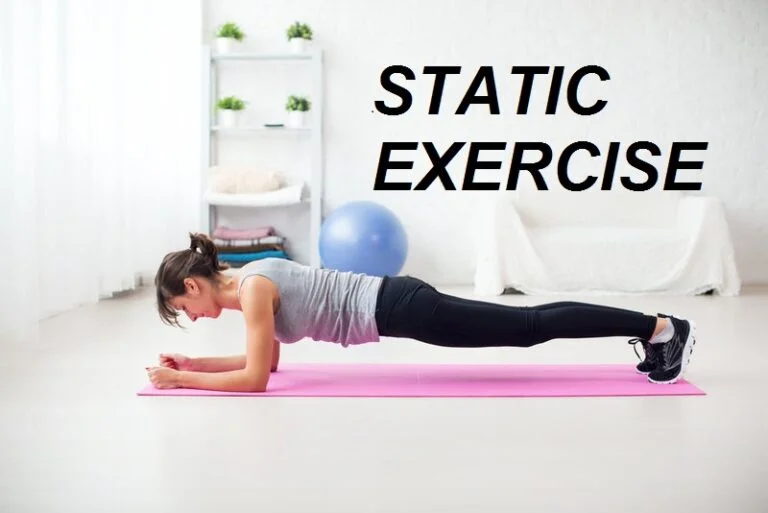
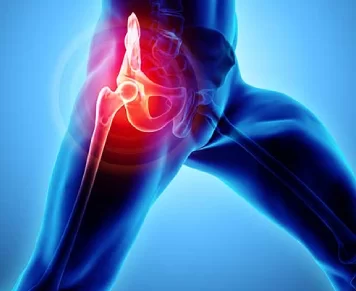




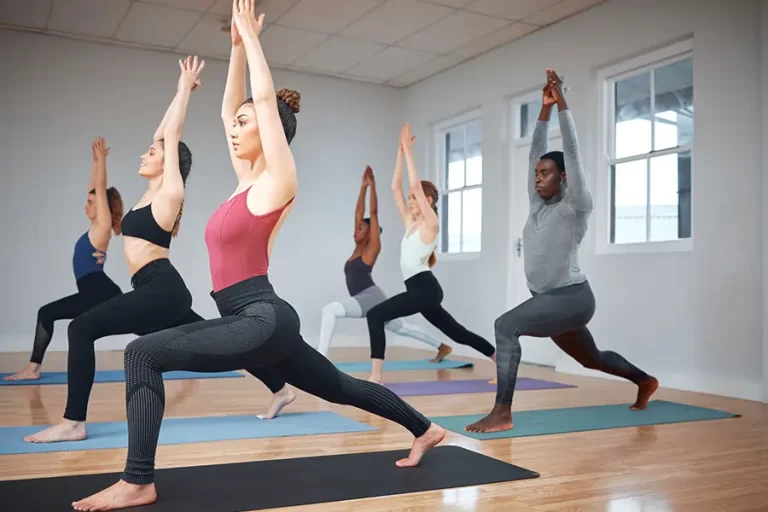
One Comment